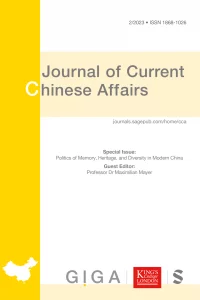New article, co-authored with Kjeld van Wieringen, in the Journal of Current Chinese Affairs

Abstract
Waning debt sustainability has challenged the debt-financed, infrastructure-led global expansion of Chinese capital. This article traces the gradual shift in the financial governance of the Belt and Road Initiative towards public–private partnerships (PPPs). We first document China’s domestic PPP experience and its failure to check the unsustainable indebtedness of sub-national governments. We then conceptualise China’s “turn” towards PPPs in Africa as an attempt at “metagoverning” its current growth model. Analysing official Chinese sources, we discern dominant Chinese narratives that present PPPs as panaceas for African debt problems. However, Chinese risk perceptions and empirical examples, such as the Nairobi Expressway, the Tanzania–Zambia Railway, and the Congolese Kolwezi–Kasumbalesa toll road, reveal that China’s experimentation with PPPs in Africa engenders new challenges, including popular contestation, controversies over financial terms and corruption. Furthermore, contrary to the official Chinese narrative, profit imperatives behind PPP investments and potential financial complications that were widespread in China’s domestic PPP experience risk adding to the financial burdens of African governments and populations.
